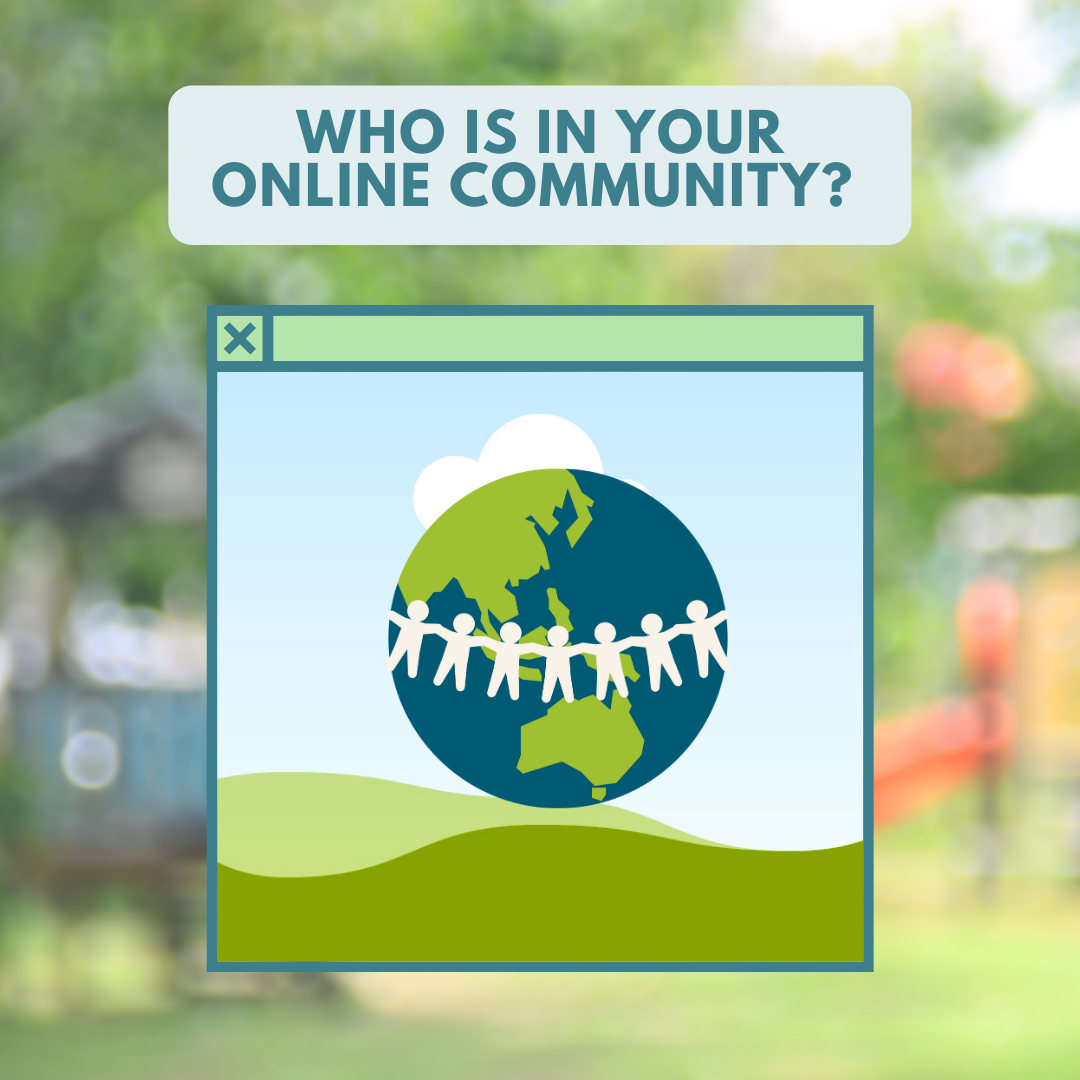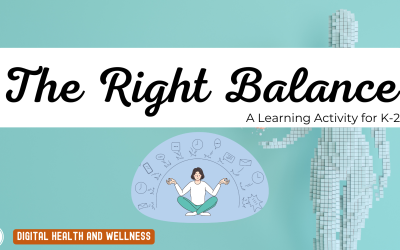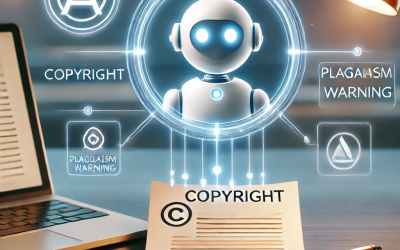Overview
Students will compare and contrast how they are connected to different people and places, in person and on the internet. They will have the opportunity to demonstrate an understanding of how people can connect on the internet.
NB Curricular Connections
Explore Your World
- Strand – Literacies and Communications – Big Idea – Literate Identities – Skill Descriptor – Use digital technologies to learn and communicate.
What You’ll Need
- Big ball or globe (Optional)
- Lesson Slides
- My Online Connections Handout
- Take-Home Resources (Optional)
Instructions
What Is the Internet?
- Ask: What is the internet? How would you describe the internet to a younger sibling, cousin, or friend? (Slide 3) Invite students to share.
- Project Slide 4 and define the internet as a worldwide network that connects people using computers, phones, and other devices.
- Ask: Is the internet a place? Encourage all student responses but point out that while the internet is not a physical place that you can visit, like a playground or the zoo, it’s made up of real people who can interact with one another through devices – even when they are not in the same place.
How Are We Connected?
- Hold a big ball or globe and say: Imagine this is the world. It is made up of lots of different people…some you know, some you don’t know. The internet is just like this world, except that we interact with people online. The internet is made up of real people, just like the physical world is made up of real people too! (Slide 5)
- Say: Today we are going to talk about the different people that make up the internet and how we might know each of them. The Rings of Responsibility help us understand our online community. First, we start with our self in the center. Project Slide 6 and explain that the first ring of connection is the student themselves.
- Say: The next ring is “Community,” and this refers to people you know either from your family, neighbourhood, school, or church. (Slide 7) Project Slide 8 and define community as people who share a common neighbourhood, background, or interest. Invite students to think of people who are a part of their community and record their responses on Slide 9.
- Say: Wow, this is a big list, and I am sure we could keep adding more people to it! Everyone in this group is a part of your community. They are people who you know personally and have met face-to-face, even if you don’t see them all the time.
- Say: The last Rings of Responsibility is “World.” This group includes people you don’t personally know and haven’t met face-to-face. Who are some people that could be in the world? (Slide 10) Invite students to respond and jot down their responses on Slide 11. Guide students to think about people they have heard of or seen online (or on TV) but haven’t met face-to-face or know personally. Possible responses include:
- Famous actors or musicians
- Professional athletes
Online Connections
- Distribute the My Online Connections Student Handout. Read the directions aloud on Slide 12 and have students work independently to list three people in their Community and World (the first column of each table). Invite students to share their lists with a partner or the class. Emphasize that the people in their community are those they know personally and have met face-to-face, while the world consists of everyone else who they don’t know personally.
- Say: Now let’s think about what you do with those people on the internet? Do you play games together, send messages, or maybe just read about them? Be as descriptive as possible. Allow students to complete the second column of both charts. Offer examples of ways people can communicate with those in their community and world if students are stuck. How we connect with our community online:
- Play games together
- FaceTime/ video call
- Send messages
- Share funny videos
- Send emails
How we connect with the world online:
- Read about the person (e.g., in news articles, stories)
- Watch videos of the person
- Listen to their music
- Watch them play sports
Invite students to share out their answers and be sure to mention the ones listed above if they aren’t included in the responses.
Ask: Do you notice a difference in the way you interact with people in your community and the world? Invite students to share with a partner and/or share with the class. Emphasize that they have more direct communication and interactions with people in their community than they do with people in the world. They won’t directly communicate with people in the world, but instead will be able to watch and read about them online. Say: Remember that you should only interact with people from your community, and you should only do so with permission from a trusted adult!
Acknowledgements
Common Sense Media – Check out the detailed lesson here.
Reflection Activity
Please see the attached PDF for several choices on how you and your learners can reflect upon today’s activity.






